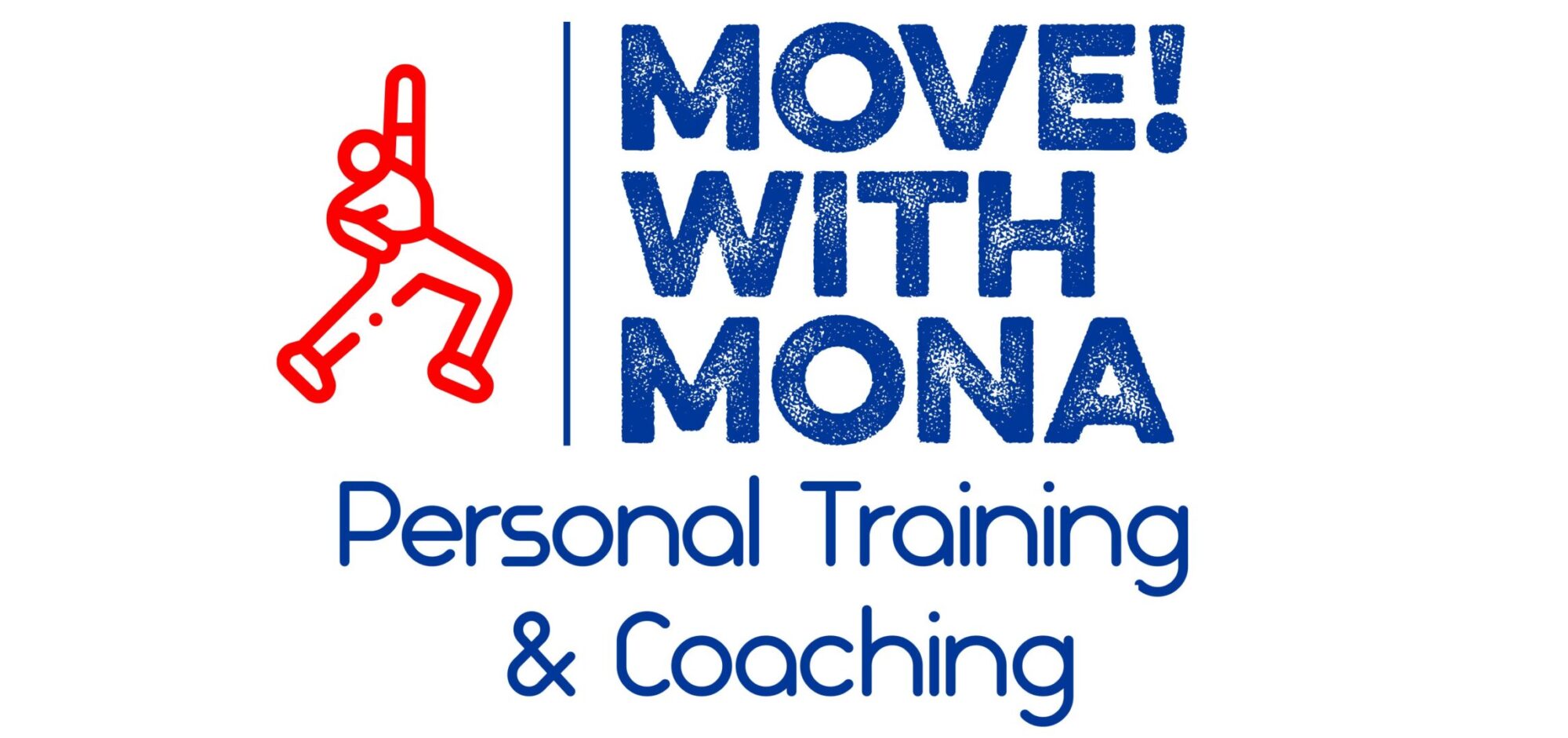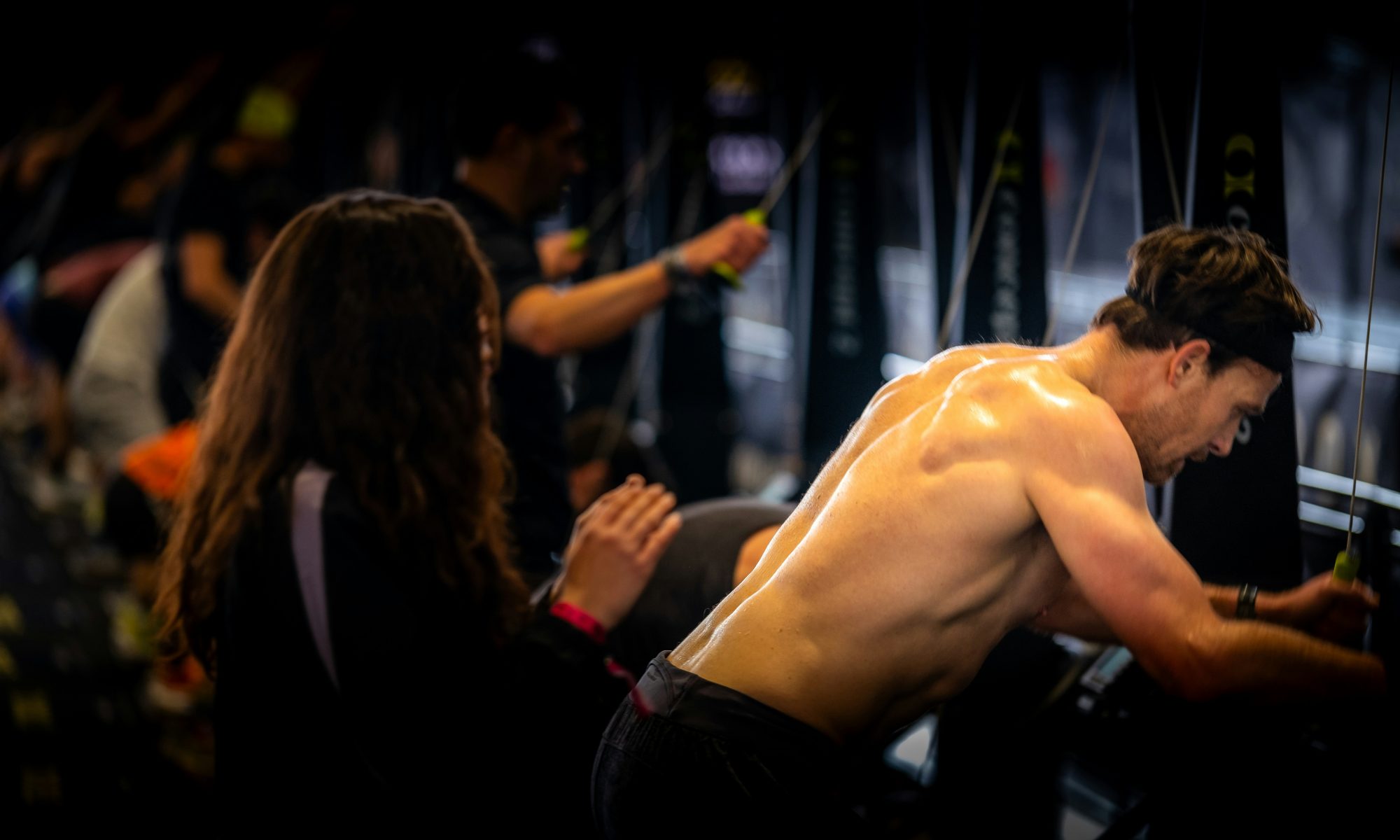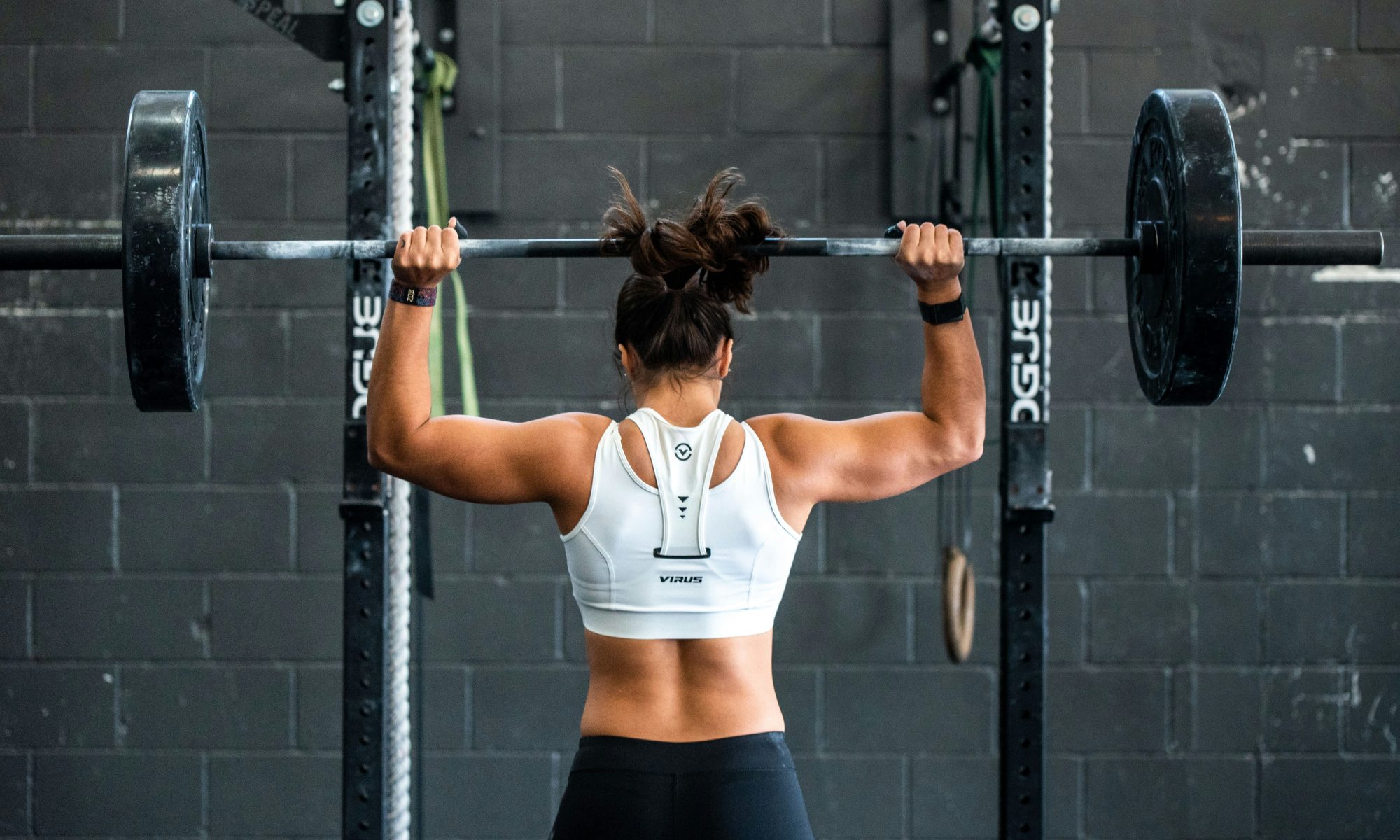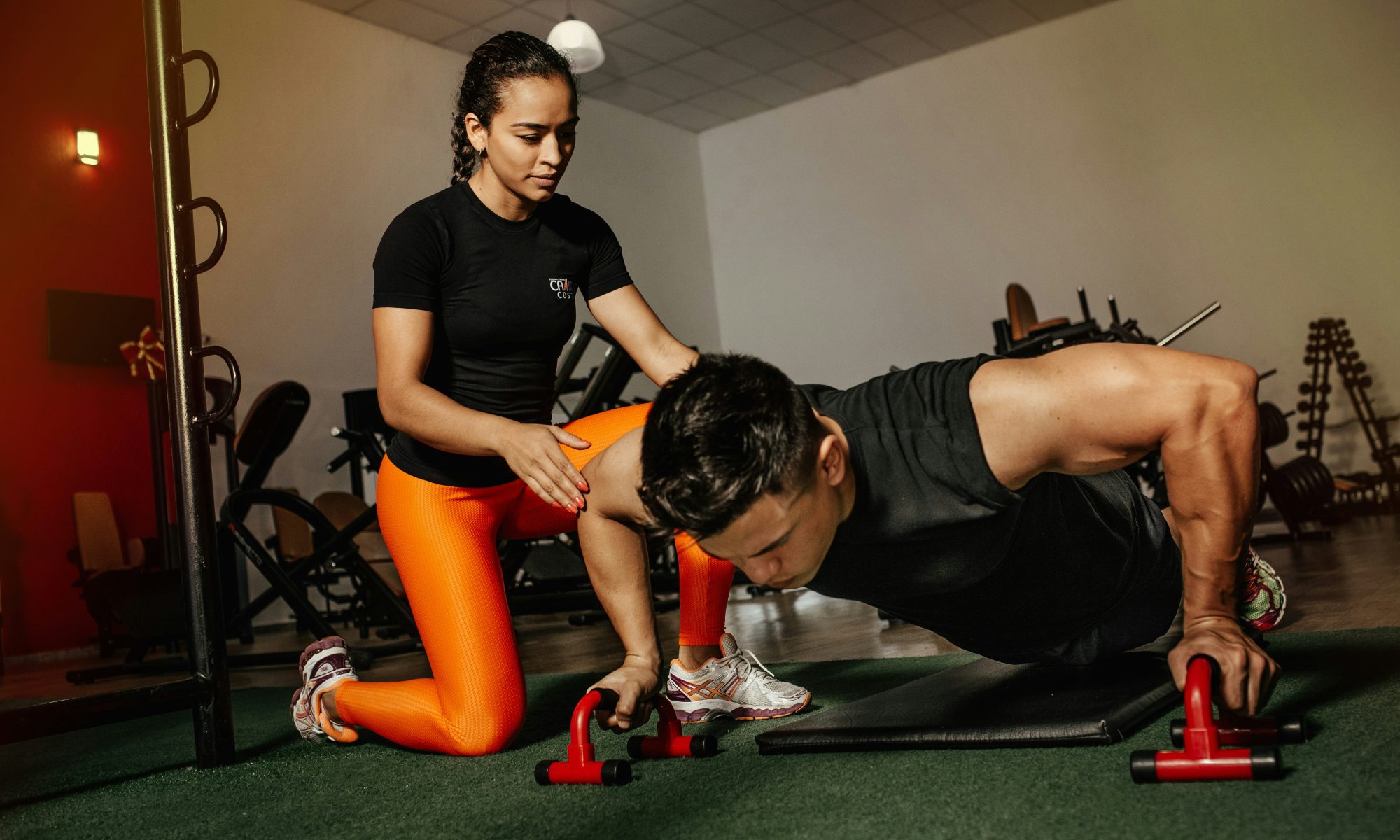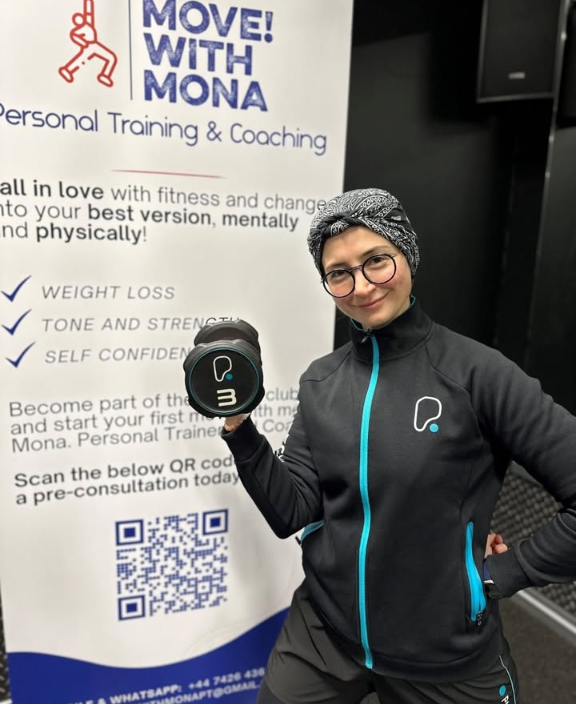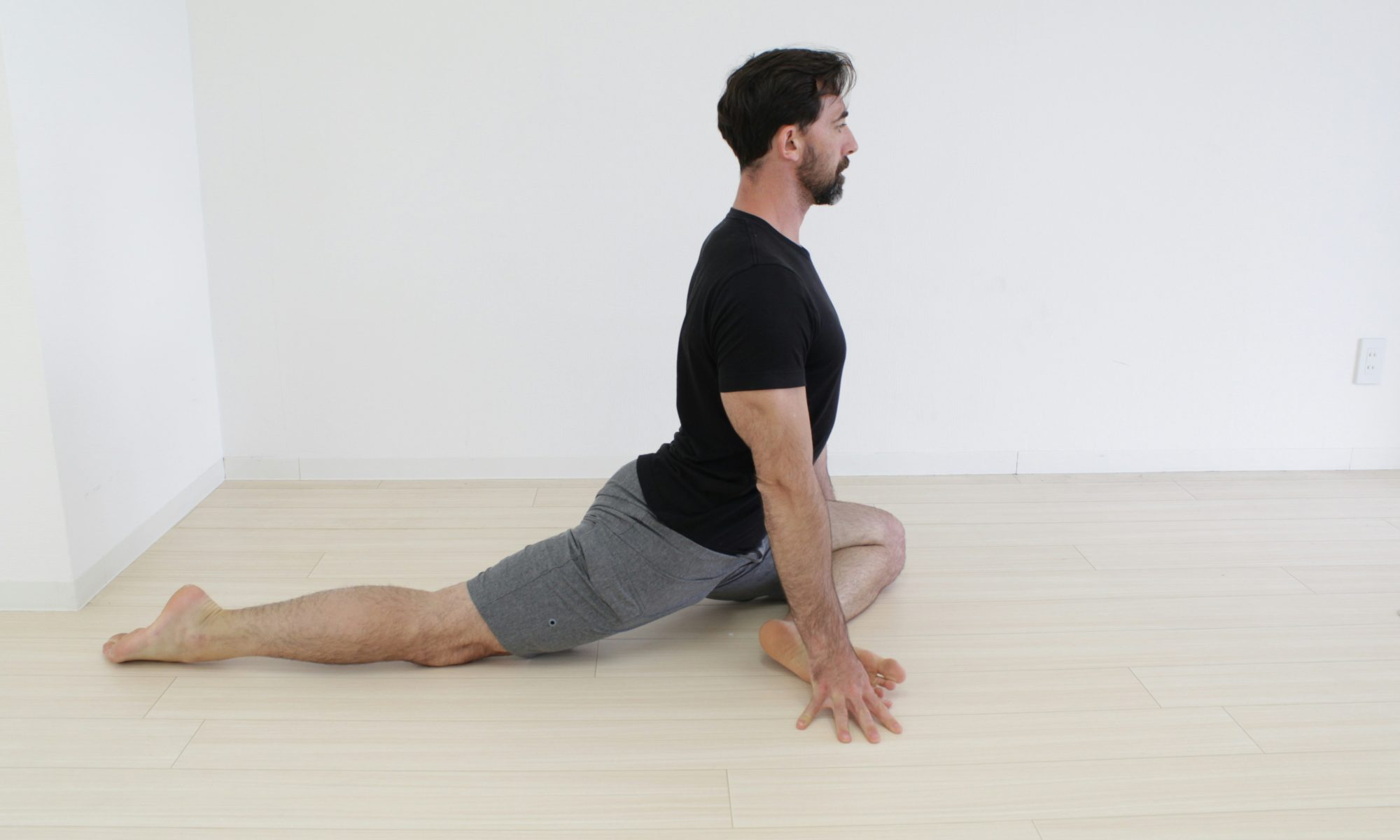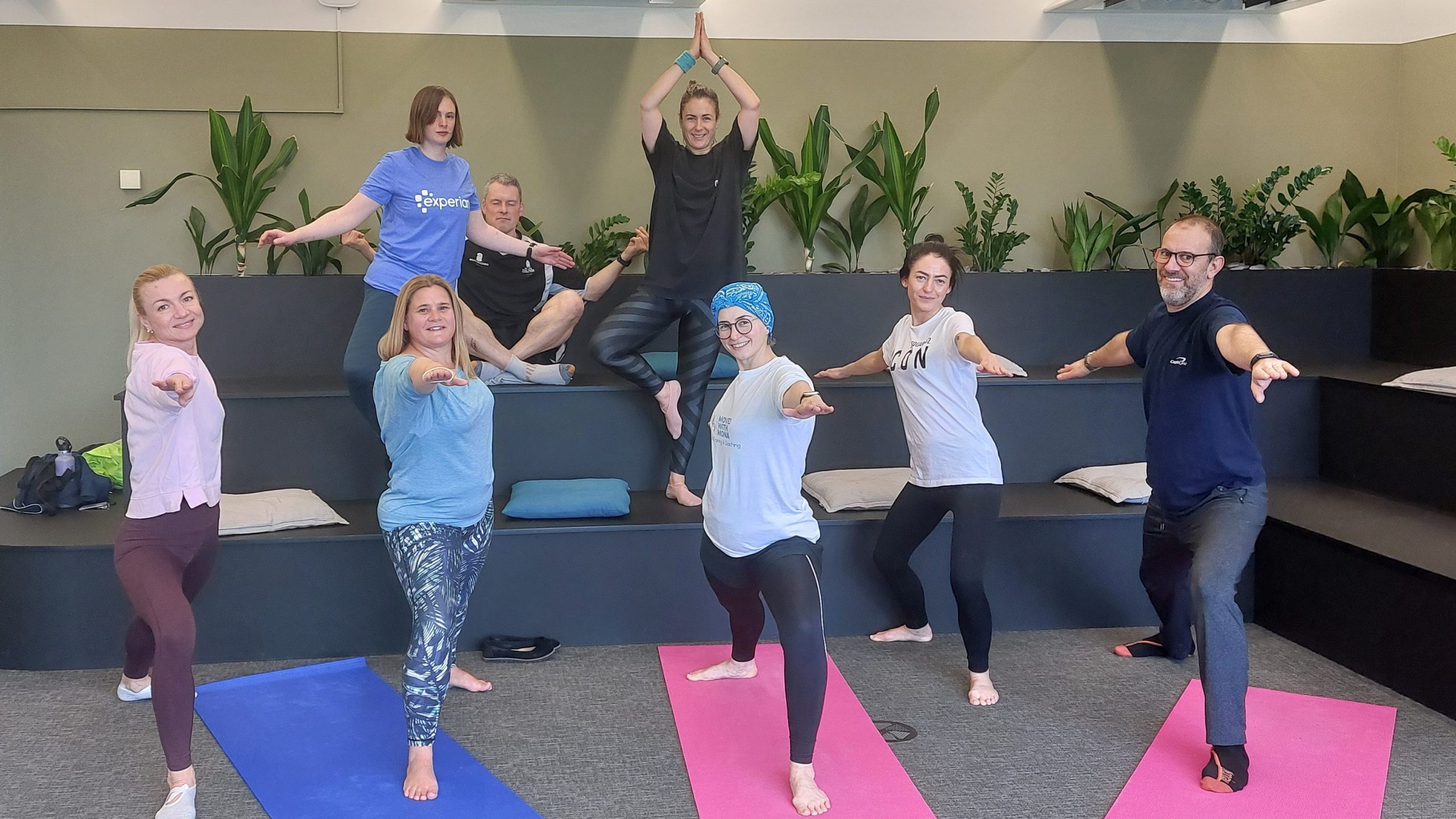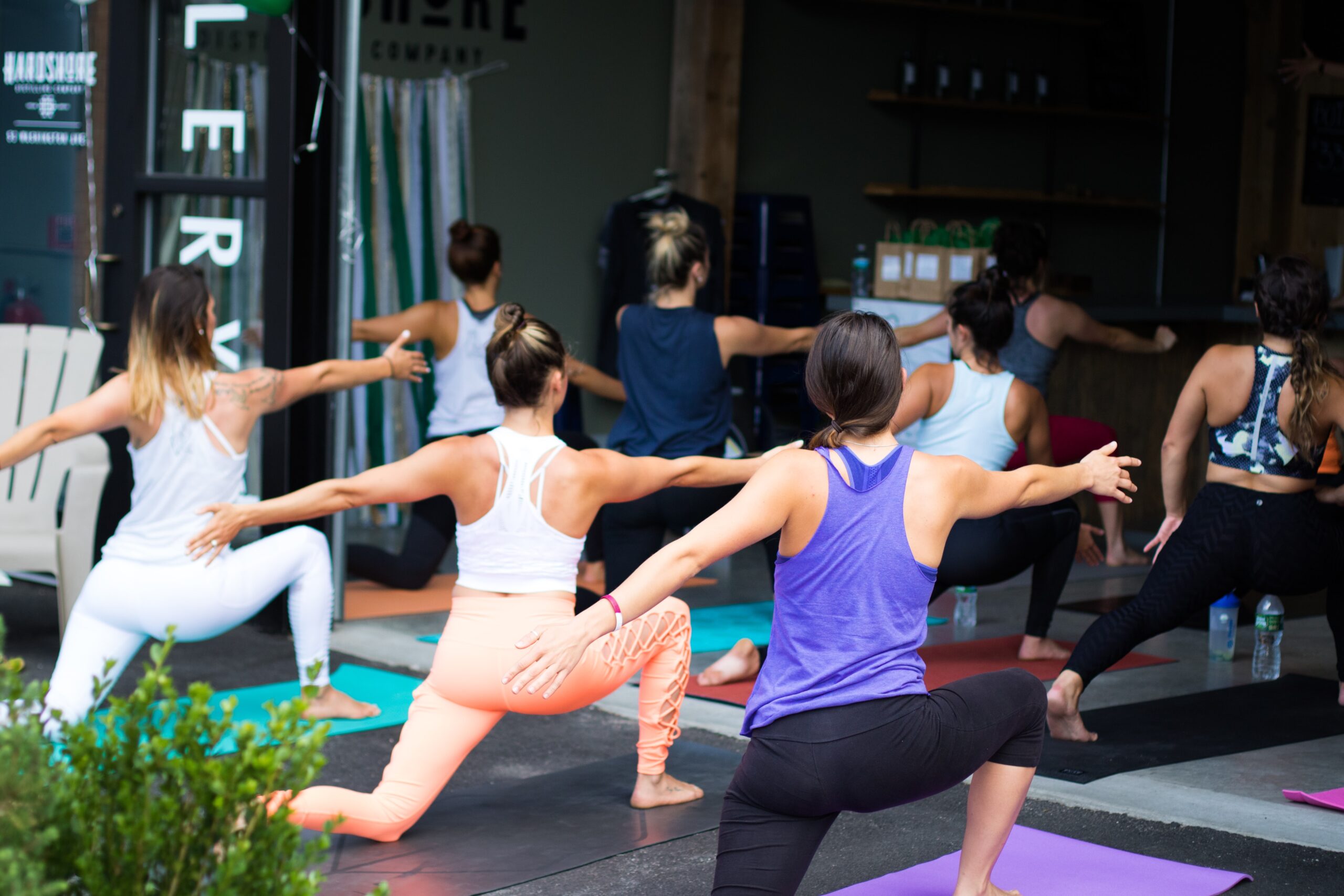Intro
In the world of fitness competitions, Hyrox has emerged as one of the fastest-growing and most exciting events. It blends endurance, strength, and functional fitness in a way that appeals to both elite athletes and everyday gym-goers. Whether you’re a seasoned competitor or a beginner looking for a new challenge, Hyrox offers a unique experience. But what exactly is Hyrox, and why is it becoming so popular? In this blog, we’ll break down everything you need to know about this fitness race and why it’s gaining global attention.
What Is Hyrox?
Hyrox is an indoor fitness race that combines running with functional workout stations in a standardised format. Unlike obstacle course races like Spartan or Tough Mudder, Hyrox takes place indoors, making it more controlled and accessible regardless of weather conditions. The competition consists of eight rounds of 1 km runs, each followed by a functional workout station.
Founded in Germany in 2017, Hyrox quickly expanded worldwide, attracting competitors from all fitness backgrounds. The event bridges the gap between endurance sports, such as running and triathlons, and strength-based competitions like CrossFit. It’s designed to be a mass participation event, meaning anyone—regardless of fitness level—can take part.
Hyrox Race Format
The Hyrox race follows the same structure in every event, which makes it easy to train for and compare results across different competitions. The format is:
- 1 km run
- Functional workout station
- Repeat 8 times

Here’s a breakdown of the 8 workout stations you’ll encounter in a Hyrox race:
- 1,000m SkiErg – This simulates cross-country skiing and tests endurance and upper-body strength.
- 50m Sled Push – Pushing a weighted sled across the floor challenges leg strength and power.
- 50m Sled Pull – Pulling a weighted sled backward engages grip strength and posterior chain muscles.
- 80m Burpee Broad Jumps – A tough movement that combines explosive jumping with endurance.
- 1,000m Rowing – A test of endurance that engages the entire body.
- 200m Farmers Carry (2 x 24kg/16kg Kettlebells) – Grip strength and core stability are key here.
- 100m Sandbag Lunges (20kg/10kg) – A combination of strength, stability, and endurance.
- 75/100 Wall Balls (6kg/4kg ball) – A full-body exercise that finishes the race with an intense challenge.

The total distance covered in a Hyrox event is 8 km of running plus all the functional workouts. Competitors are timed from start to finish, and rankings are based on overall performance.
Who Can Compete in Hyrox?
One of the best aspects of Hyrox is its accessibility. It is designed for a wide range of fitness levels, from elite athletes to beginners. The event offers different race categories:
- Open – For general participants looking to complete the race at their own pace.
- Pro – For elite athletes who take on heavier weights and increased difficulty.
- Doubles – A team-based version where two competitors share the workload.
- Relay – A four-person team event where each person completes two stations.
This structure allows everyone—from seasoned marathon runners to casual gym-goers—to take part.
Why Is Hyrox So Popular?
Hyrox has grown rapidly in popularity due to its unique mix of endurance and functional fitness. Here are some key reasons why it’s becoming a global fitness phenomenon:
1. Standardized Race Format
Unlike other fitness competitions, Hyrox races are identical across the world. This means you can compare your performance with athletes globally and track your progress over time.
2. Inclusivity
Anyone can participate, and you don’t need to be a professional athlete. The various race categories allow individuals and teams to compete at a level that suits them.
3. Hybrid Fitness Challenge
Hyrox is not just about strength or endurance—it requires both. This makes it appealing to runners, CrossFit enthusiasts, triathletes, and even traditional gym-goers.
4. Indoor Environment
Since it’s held in controlled indoor arenas, Hyrox avoids the unpredictable elements of outdoor races like mud, extreme temperatures, or obstacles.
5. Competitive Yet Fun
Whether you’re racing against friends or aiming for a personal best, Hyrox is both competitive and enjoyable. The community atmosphere and structured format make it engaging for all participants.
Hyrox vs. Other Fitness Races
How does Hyrox compare to other popular fitness races?
| Feature | Hyrox | Spartan Race | CrossFit | Marathon |
|---|---|---|---|---|
| Format | Indoor, standardized | Outdoor, obstacle course | Functional fitness | Road/track running |
| Main Challenge | Running + Functional Workouts | Obstacles & endurance | Strength, power, endurance | Endurance running |
| Accessibility | Open to all | Can be intense | More advanced | Requires running experience |
| Weather Factor | None (indoor) | Yes (outdoor) | None (indoor) | Yes (outdoor) |
| Competition Style | Timed event | Time-based, sometimes heats | Workouts with points/scoring | Race against the clock |
Hyrox stands out due to its indoor environment, structured format, and hybrid fitness demands.
Final Thoughts: Should You Try Hyrox?
If you enjoy fitness challenges and want to test both endurance and strength, Hyrox is a great event to try. Whether you’re an experienced athlete or a beginner looking for motivation, Hyrox provides a structured, competitive, and rewarding experience.
Who Should Try Hyrox?
- Runners wanting to add strength training
- CrossFitters looking to improve endurance
- Gym-goers seeking a new challenge
- Teams or groups wanting a fun fitness event
With its global expansion and increasing popularity, Hyrox is set to become a staple in the fitness world. If you’re ready to push your limits, sign up for a race and start training with Mona today!
Fill in a form here!
